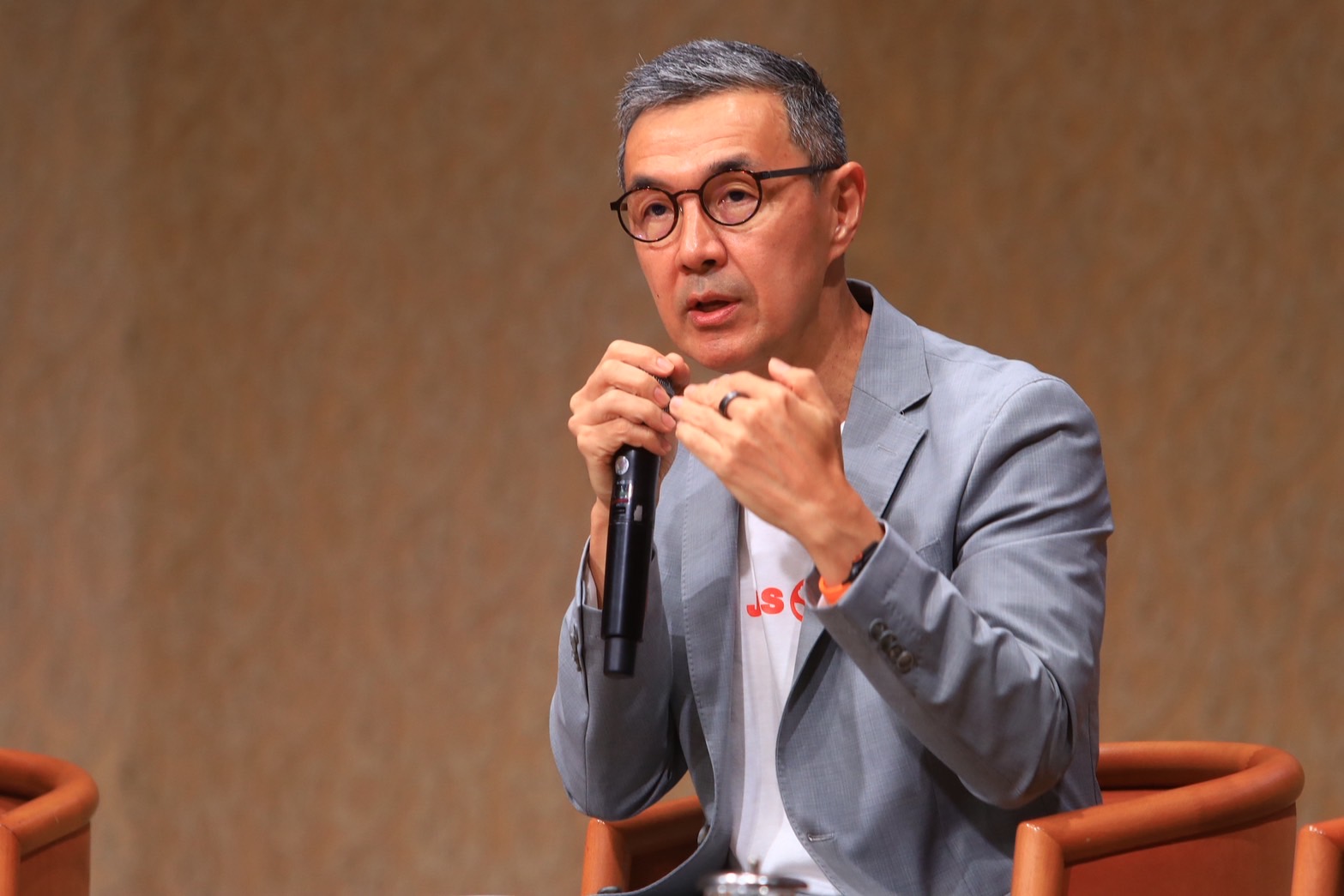Dr. Soraj Asavaprapha, Chief Executive Officer of Jasmine International Public Company Limited (SET: JAS), revealed at the “Market’s New Magnet” seminar—held under the theme “Global Business Leaders in a New Era” hosted by Kaohoon Daily Newspaper that following the company’s organizational restructuring and divestment of certain businesses, the acquisition of exclusive English Premier League (EPL) broadcasting rights for six consecutive seasons marks a crucial turning point. JAS believes this will establish a “new S-Curve” for growth in its content business under a core “3P Strategy”:
Price: JAS targets affordable pricing. Despite winning EPL rights at a higher cost than rivals, its investment in OTT (Over-The-Top) technology enabled the company to set significantly lower selling prices than previous rights holders.
Partnerships: The company has forged key partnerships with AIS and several consumer brands, aiming to widen its reach across all target segments and boost mass-market penetration.
Piracy Control: JAS collaborates with the Ministry of Digital Economy and Society (DE) to combat piracy, a crucial roadblock to revenue generation. The goal is to convert Thailand’s 5–6 million illegal EPL viewers into legitimate subscribers with its strategic price package.
Dr. Soraj further noted that leveraging OTT technology and streaming apps grants JAS cost advantages, primarily through fixed-cost structures—whether serving 500,000 or 3 million viewers, costs remain almost unchanged. Once the break-even threshold is crossed, profit margins become substantial. Additionally, OTT offers superior convenience, facilitating global access via roaming, unlike traditional set-top boxes’ territorial restrictions.
The decision to secure a six-year contract (instead of the standard three) is a deliberate strategy for business stability. The six-year tenure enables JAS to focus on long-term growth without the pressure to deliver immediate profit.
JAS also plans to harness its expertise in streaming and network technology to connect MONOMAX’s existing scripted entertainment offerings with new sports (non-scripted) content, expanding its subscriber base and driving sustainable profits for a stronger future market position.
Subscription Fee Structure:
MONOMAX now offers subscriptions at THB 299/month or THB 2,999/year, with revenue shared roughly at THB 50 per member per month to Mono Next Public Company Limited (MONO); the remainder stays with JAS.
User count has surged from 1 million to over 2.5 million after winning EPL rights. The Thai EPL fan base is estimated at 5–6 million, and JAS’ break-even point is about 1.5 million subscribers. Beyond that, the company expects high-margin profitability. If subscriber numbers reach 2–3 million—expected if piracy issues are addressed—the 3 million target is viewed as attainable.
Sponsorship Revenue:
Main sponsorship revenue is forecasted near THB 1 billion this year, with PLANB, MONO, and AIS as primary partners. Such income streams fall entirely to JAS. The company focuses marketing budgets on digital and social media promotion, with offline events (e.g., live viewing of “Manchester United vs. Liverpool”) leveraging venue partnerships, creating exposure without significant costs.
International Expansion:
JAS’s EPL rights span three countries. In Laos, JAS partners with Lao Telecom under a revenue-sharing model, targeting 200,000–500,000 subscribers at THB 140/month. Services in Cambodia have ceased due to piracy. In Southeast Asia, JAS is exploring opportunities in Indonesia, Malaysia, and the Philippines utilizing a Netflix-style streaming app model with low investment requirements.
NT Legal Settlement Windfall:
JAS recently won a 17-year legal battle against NT, securing over THB 5 billion (over THB 2 billion in principal plus interest), which NT is poised to pay. These funds will not be utilized to cover EPL rights costs—as that project is self-sustaining—but will be allocated in three ways: special dividends to shareholders, cash reserves for stability, and investment in new businesses or workforce restructuring.
Dr. Soraj concluded by acknowledging that while first-year profits might be modest due to technical learning curves and problem-solving, subsequent seasons will see increased expertise, driving exponential profit growth and a robust, new S-Curve trajectory for the business.




